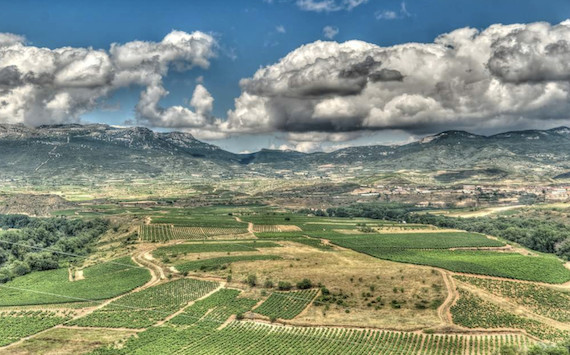While there’s still some way to go in helping consumers understand the differences between Crianza, Reserva, Gran Reserva, the next challenge is to remind consumers that there’s also Blanco and Rosado to add to to the mix.
A further challenge is to encourage consumers to experiment with food and wine pairings. Rioja has a signature style of approachable, food-friendly wines which can be enjoyed in summer with BBQ foods, wintry roast dinners, a casual midweek chili or pizza, alongside a cheeseboard and of course, with tapas.
The UK is one of the top export markets for Rioja and buyers consider it a must-have in any supermarket wine aisle or restaurant wine list. Indeed, according to the Consejo Regulador, Rioja performed well in 2020 despite the pandemic, and in the UK, sales were up 18% (Rioja Consejo Regulador, April 2021) – proving that the UK’s love affair with Rioja is still going strong and evolving.
Brits are also becoming more sophisticated and adventurous in their appreciation of Rioja and know that when they see the word ‘Rioja’ on the bottle, it’s sure to be a guarantee of a quality, enjoyable, good value wine.
Out of the ordinary
Many producers and those in the wine trade are keen to encourage consumption of lesser-known grapes from the region such as fragrant Graciano, juicy Garnacha, Mazuelo, Maturana, Viura, Verdejo, and Malvasía.
We’re particularly excited about wines such as Graciano by Barón de Ley, listed in Coop (£12). Renowned as the grape of grace and distinction, Graciano, hails from Baron de Ley’s Los Almendros estate, which grows at an altitude of 460 metres above sea level. The wine is aged for 12 months in American oak casks to create a wine with a bright cherry-red colour. Elegant and complex, with intense redcurrant and red-berry fruit aromas, it has a long, refreshing finish with excellent balance – perfect for Rioja fans looking for something special and a bit different.
We’ve also worked with Barón de Ley developing their Rioja Blanco in the UK market – a fresh, ripe white Rioja made from a blend of Viura, Tempranillo Blanco and Garnacha Blanca – showcasing the special character of Rioja’s indigenous white varieties. These grapes are from vineyards situated at a high altitude where the influence of the Atlantic climate provides ideal conditions for making fresh white wines with elegant, crisp acidity. It’s an excellent drinking wine both on its own as an aperitif, and pairs well with grilled fish, seafood, and Mediterranean-style rice and pasta dishes (Waitrose £8.99).
These are both great examples of fine Rioja made from indigenous grape varieties, which are set to soar in popularity and consumption over the next year or so.




